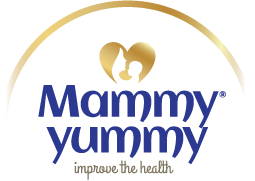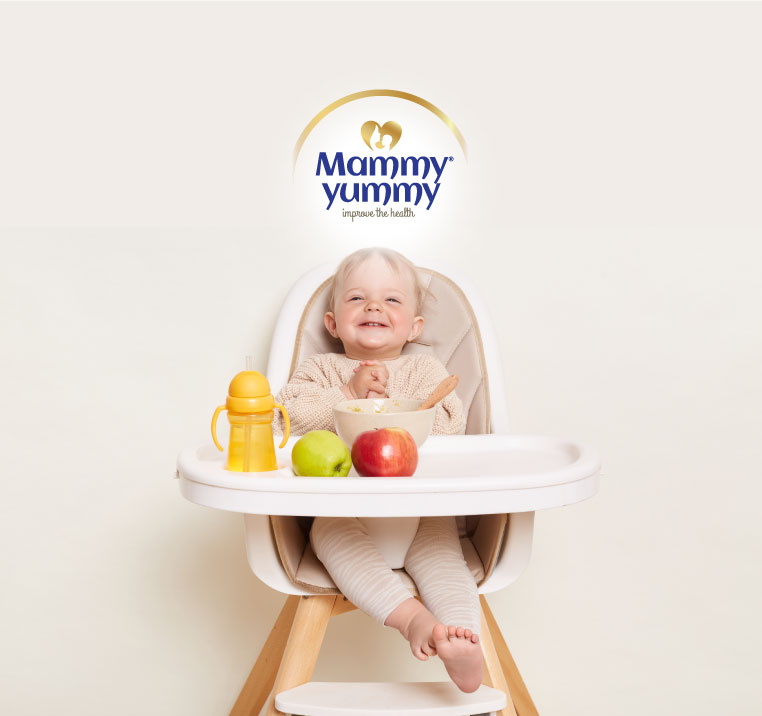Baby’s First Foods: How to Introduce Solids
By the time your baby is 4 to 6 months old, you’ve probably got your nursing or bottle-feeding routines down to an art. As with a lot of things in parenting, however, things are about to change because your child will soon be ready for solid foods (an exciting milestone!). Here’s everything to know about starting your baby on solids, with tips for mastering mealtime.
When to Start Solids
The American Academy of Pediatrics (AAP) says you can start your child on solids between 4 and 6 months, but the answer really depends on your baby. Some babies may be perfectly content waiting longer, while others may be ready to start noshing. The best way to know if your baby is ready is to look for signs of eating readiness. Here are some signs that your little one may be ready for baby food:
- They can sit upright and hold up their head.
- They are curious, looking at everything around them—especially what you’re eating!
- They follow your fork with their heads and may open their mouths to try to take a bite.
- They lost the tongue thrust reflex that automatically pushes food out of their mouth.
- They still seem hungry after getting a full day’s portion of milk (eight to 10 breastfeedings or about 32 ounces of formula).
If your baby does not seem ready to eat yet, that’s OK. Remember that there’s no need to rush this milestone. In fact, it’s typically better to wait than to start early (experts say that you shouldn’t start solids before 4 months). Most babies are ready to start solids between 5 and 6 months.
How to Introduce Your Baby to Solids
The AAP recommends exclusive breastfeeding for 6 months, as well as supplemental breastfeeding until your infant turns 1. (Formula is also a great option for parents who can’t or don’t want to breastfeed). Introducing solids is more about getting your baby used to chewing and swallowing food than providing any significant nutritional benefit.
When you are ready to introduce solids, think of solid foods as a “bonus” food as the bulk of their calories and nutrients will still be coming from breast milk or formula. Give your baby the breast or bottle first thing in the morning, before or after meals, and before bedtime. In the beginning, you’ll have to experiment to find what works best for your baby. If they’re a big drinker—say, if they’d drink a whole 6- to 8-ounce bottle before a meal, given the chance—feed them first with food and then with a bottle. If they’re a moderate drinker, try the opposite.
Here is a sample “menu” to help you determine an approximate amount of breast milk or formula your baby should be drinking daily:
- Up to 9 months, feed your baby 20 to 28 ounces of formula daily or breast milk every 3 to 4 hours.
- From 9 to 12 months, feed them 16 to 24 ounces of formula daily or breast milk every 4 to 5 hours.
That said, these numbers are a general guideline. Caregivers should practice responsive feeding and listen to an infant’s cue for hunger and fullness to determine how much to feed them. Additionally, keeping your baby’s recommended well-visit checkups will help your doctor track if your baby is gaining weight appropriately. The AAP says responsive feeding can help kids go on to develop healthy eating habits, lowers the risk of childhood obesity, helps your child feed themselves, and more.
As soon as your little one understands the concept of eating and shows interest in mealtime (this usually happens between 6 and 9 months), start them on a routine for breakfast, lunch, and dinner. If eating together as a family is important to you, it can also be a great way to spend time together during mealtime by having your baby join you at the table. Even if they aren’t hungry at times, they’ll get used to the idea of eating on a schedule. (That said, never force or pressure your baby to eat; if they aren’t interested, just take them out of the high chair and move on.)
“My goal for the babies I care for is to get them on an eating schedule by the time they turn 1,” says pediatrician Sara DuMond, M.D. “This means they should eat three meals a day with two to three snacks in between.”
- At 4 to 6 months, feed your baby two meals, each approximately 2 to 4tablespoons.
- At 7 to 12 months, feed them three meals, each approximately the size of your baby’s fist.
But remember: There’s not really clear guidance on the exact amount babies should eat—it all depends on their hunger cues and appetite. All babies are different, so let your baby lead the way!
As your baby adjusts to eating solids, know that there may be days when they’re more interested in peas and carrots than in the breast or bottle and, on the flip side, there may be days when all they’ll want to do is nurse. This is all normal as your baby begins to grow more independent, but for now, they still need their normal day’s worth of breast milk or formula.




